LED Light Source for Endoscope
LED Light Source for Endoscope. An LED light source for an endoscope is an illumination unit that uses light-emitting diodes (LEDs) to produce bright, “cold” white light. This light is coupled into the endoscope via a fiber-optic light guide, which transmits it down the scope’s. In the endoscope world, “cold light” means the LED emits mostly visible wavelengths (daylight-like color) with minimal infrared or UV, so the tissue isn’t heated For example, modern LED sources can deliver ~1800 lumens at ~6000K color temperature, with almost no UV/IR Many compact (USB or smartphone) borescopes have tiny LEDs built around the camera lens, while larger surgical units use high-power LED bulbs. Portable or console-style LED units attach to the endoscope via standard adapters (Storz, Wolf, Olympus, etc.) and fiber cables, illuminating cavities or pipes for clear viewing
Please click the link below to watch the video : https://youtube.com/shorts/39XK7j-B7_g
Image: A flexible fiber-optic light guide cable (blue) that connects an LED light source to the endoscope, carrying high-intensity “cold” light into the scope
Endoscope systems need external light sources because target areas (inside the body or machines) are dark. In medicine, endoscopes examine internal organs (GI tract, lungs, joints, etc.), while in industry/DIY, borescopes (industrial endoscopes) inspect pipes, engines, electronics, and other tight LED lights have become standard in both fields. In surgical endoscopy, LEDs provide steady, shadow-free illumination with true-color rendering often labeled “daylight” 5500–6500K. They generate almost no excess heat, which improves patient safety and surgeon comfort. In industrial or home use, LED borescope lights offer extremely long life and low power draw, making them reliable for plumbing, auto repair, aerospace inspection, and more. For example, one industrial LED borescope light uses only 1/8 the power of an old halogen lamp yet lasts. Overall, LED sources are bright, efficient, and durable, eliminating the frequent bulb changes of older xenon or halogen
Key Applications
- They illuminate dark equipment interiors without needing bulky power or frequent maintenance. For example, a survey notes LED borescope lights are “energy efficient, bright, reliable and longer-lasting This makes them ideal for routine mechanical and preventive inspections.
As one manufacturer notes, mobile borescopes “come with built-in LED lighting to provide adequate illumination” in hard-to-reach areas like pipes, engines, and Thus, from doctors in the OR to technicians in the field or homeowners under the sink, LED light sources make tiny areas visible.
Types of LED Endoscope Light Sources
- Standalone LED consoles (AC-powered): These are high-intensity light units that plug into mains power (110–240V). They use powerful white LEDs and built-in cooling fans. Outputs can reach around 1,000–2,000 lumens , replacing 200–300W halogen, and often have adjustable brightness dials. Light is sent to the scope via a fiber-optic light. These units sit on carts or racks in clinics and operating rooms. They support common connectors (STORZ, WOLF, OLYMPUS) for any rigid or flexible endoscope Example: MS-LED console (AC) delivers ~1800 lx and 1850 lm white light, 6000K color, with a 60,000-hour LED life
- Portable LED “light handles” (AC): Smaller, handheld light units that also use AC power. Often shaped like a flashlight or handle, they attach directly to an endoscope’s light post or probe (via ACMI/WOLF adapters).LED Light Source for Endoscope. Despite their compact size, some provide intense illumination for rigid endoscopes They may include foot switches or dimmers. Portability is moderate: they are easier to move than console towers but need AC power and usually heavier than battery models. Example: A portable 10W LED cold light source (ESCO Medicams) provides millions of lux of light using mains power.
- They attach to flex or rigid endoscopes via the appropriate adapter. Battery sources trade off power for portability: they produce hundreds of lumens (enough for short exams) and run ~1–2 hours per charge. They are ideal for fieldwork, small clinics, or emergency kits. For instance, ESS Inc. sells the MLS-1F and MLS-1R mini lights: compact LED “light engines” with lithium-ion batteries and chargers. Karl Storz offers a similar “click-connect” battery LED, running 40 min at full power (120 min on economy) with an LED life of ~40,000 h
- Integrated endoscope LEDs (USB/Smartphone cameras): Many consumer borescope cameras and even some disposable endoscopes have built-in LEDs around the camera lens. These LEDs (often 4–8 tiny bulbs) are powered by the host device (USB or phone) and light up automatically. LED Light Source for Endoscope LED Light Source for Endoscope. They offer modest brightness (tens to hundreds of lumens) but are extremely convenient and ultra-portable. No separate unit or cable is needed – just plug the camera in and its ring of LEDs illuminates the scene. This style is common in hobbyist “snake cameras” used with phones or laptop
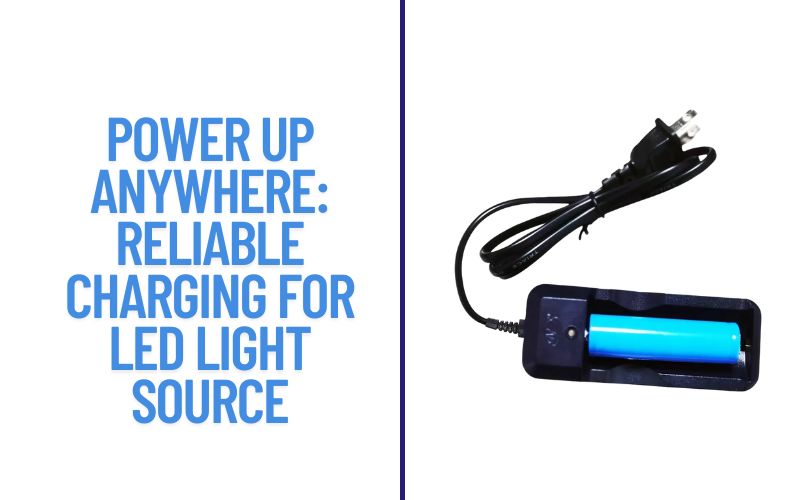
| Type | Power Source | Typical Brightness | Portability / Use Case |
| Standalone LED Console | AC mains (110–240V) | Very high (≥1000 lumens) | Low portability; OR/clinic lighting |
| LED Light Handle (AC) | AC via adapter cable | High (500–1500 lumens) | Moderate portability; field/clinic |
| Battery-powered LED | Rechargeable battery | Medium (a few hundred lumens) | High portability; emergency or mobile use |
| Built-in USB/Camera LED | USB/phone (5V) | Low (tens–hundreds of lumens) | Ultra-portable; home/DIY inspection |
Each type has its niche: AC consoles for maximum output, light-handles for quick exams, battery packs for mobility, and integrated LEDs for simple DIY use.
Key Features to Consider
When buying an LED endoscope light source, focus on:
- Brightness: Check lumens or lux ratings. Surgical LED consoles often exceed 1000 lumens, while battery models may offer a few hundred. Adjustable intensity is useful for different tasks.
- Light Quality (Color Temp & CRI): Most medical LEDs use “daylight” (5500–6500K) color, which renders tissues accurately. A high CRI (≥80–90) means truer color. Some high-end LEDs boast very high CRI for natural
- Battery Life (if applicable): Battery lights should last long enough for your needs. For example, a Karl Storz battery LED runs ~40 min .LED Light Source for Endoscope. Consider spares or quick-charge options for long procedures.
- Compatibility: Ensure the light source matches your endoscope connectors (ACMI 32 mm, Storz, Wolf, Olympus, etc.). . Also match fiber cable diameter to scope.
- Portability: Weight and size matter outside the OR. A pocket LED or USB camera is easy to carry, whereas a console unit is stationary. Think about travel, field use, and storage.
- Durability and Design: LEDs are robust (no fragile filament). Still check for quality housings, secure cable strain relief, and adequate cooling vents. LED Light Source for Endoscope. Some units have fans – look for quiet designs if noise is an issue.
- Power Options: AC units need outlets; battery units need charging. USB/smartphone cameras use device power (5V). Choose what fits your setting (clinic power vs. mobile).
- Price and Warranty: LED sources may cost more upfront than halogen, but long life (30,000–60,000+ hours and energy savings often justify it. Check warranty length on LEDs and batteries.
Pros and Cons of LED Light Sources
Pros: LEDs offer many advantages in endoscopy and inspection:
- Long life: LEDs typically last 30,000–60,000 hours , meaning years of use without bulb changes.
- Low heat (Cold light): They emit almost no infrared, so endoscope tips stay This reduces tissue drying/burn risk in medical use.
- Energy efficient: LEDs produce more light per watt. For example, an LED borescope light can use 1/8 the power of a halogen with similar
- Bright, uniform illumination: Modern LEDs provide intense, even lighting across the field. LED Light Source for Endoscope. They turn on instantly (no warm-up) and can be dimmed for comfort.
- Compact size: LED sources can be built into small units or handles, enabling truly portable solutions. They require no large heat-sinks or bulbs.
- Environmental friendly: No mercury or toxic materials (unlike some xenon lamps). Safer and easier to dispose of.
Cons: There are a few trade-offs to consider:
- Color accuracy: Some LEDs have narrower spectral output, giving slightly blue-tinted light. Not all LEDs render red tones as strongly as halogen. (Choosing high-CRI LEDs)
- Heat sensitivity: Although cooler in operation, LED output drops if the diode overheats. Good cooling is needed; otherwise brightness may fade
- Uniformity: LEDs emit from tiny chips, so extra optics/diffusers are needed for totally even light. Poor designs can have hot spots.
LEDs give stable, bright illumination with far less maintenance than old halogen/xenon lamps
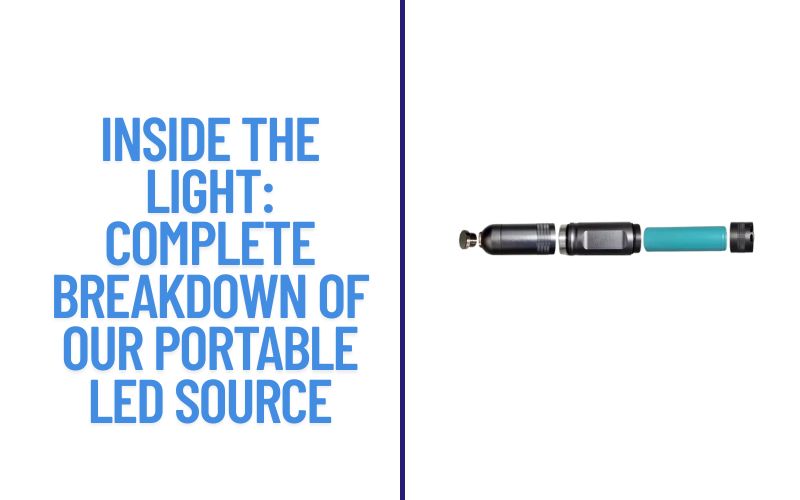
Maintenance and Proper Use
To keep an LED light source working its best:
Use Appropriate Intensity: Don’t always max out the brightness knob. Using moderate intensity when full power isn’t needed can extend both LED and fiber
Handle Fiber Cables Carefully: Do not bend or kink fiber-optic cables – this can crack fibers and reduce light Always maintain a gentle curve (wide bend radii).
Ventilation: Place console units where fans and vents are unobstructed.LED Light Source for Endoscope. Avoid running full brightness continuously
Cleaning: Wipe the exterior and cables regularly to remove dust. In medical settings, follow the manufacturer’s cleaning/disinfection
Have a questions? Call to us!
Mobile: (+91) – 987-180-4970,
Mail: contact@snapshophub.com


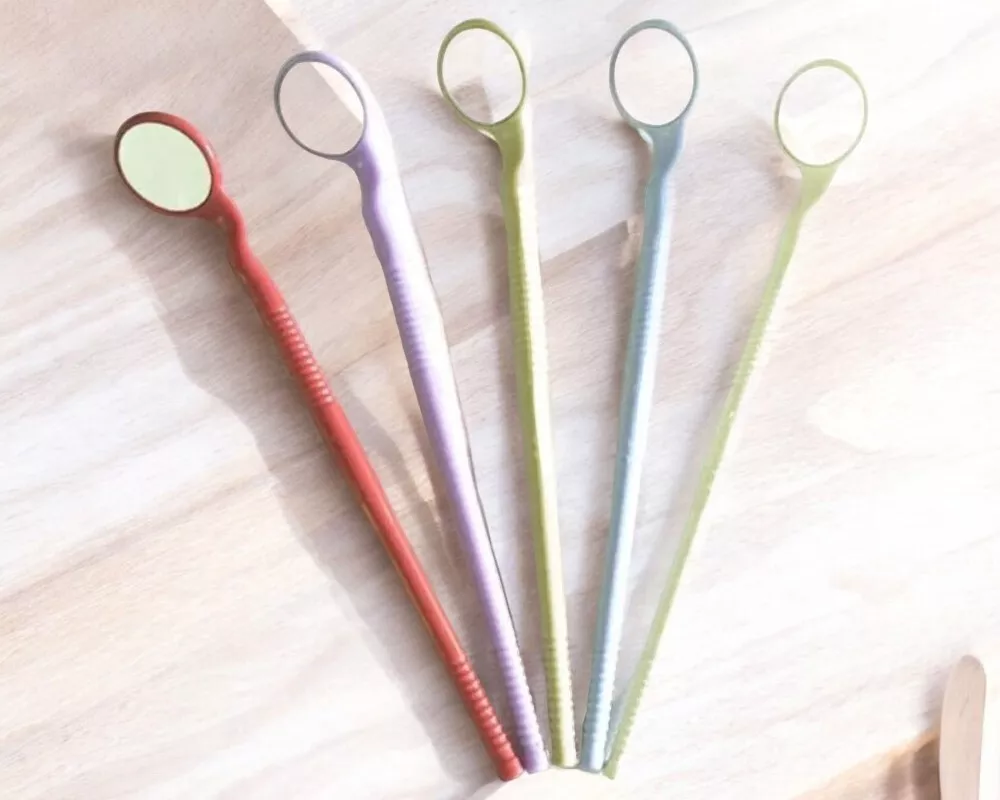
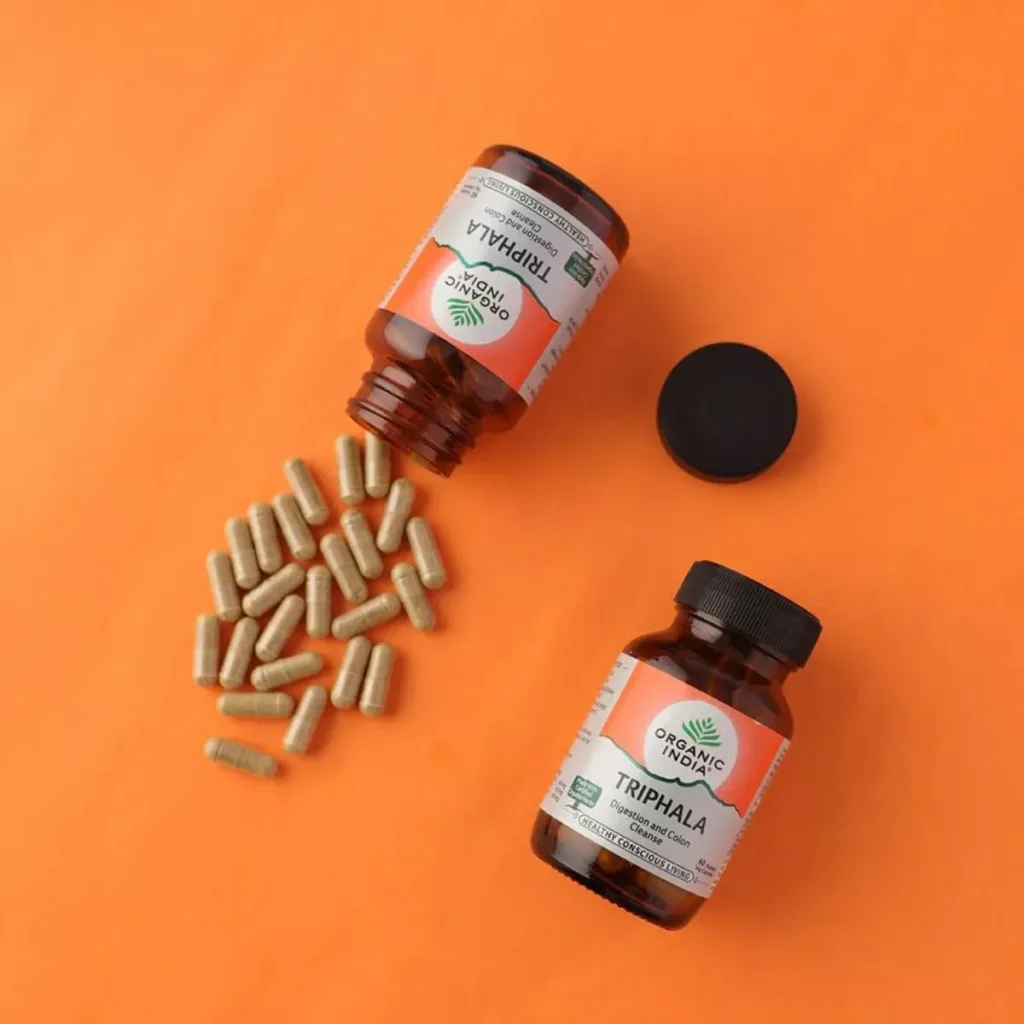
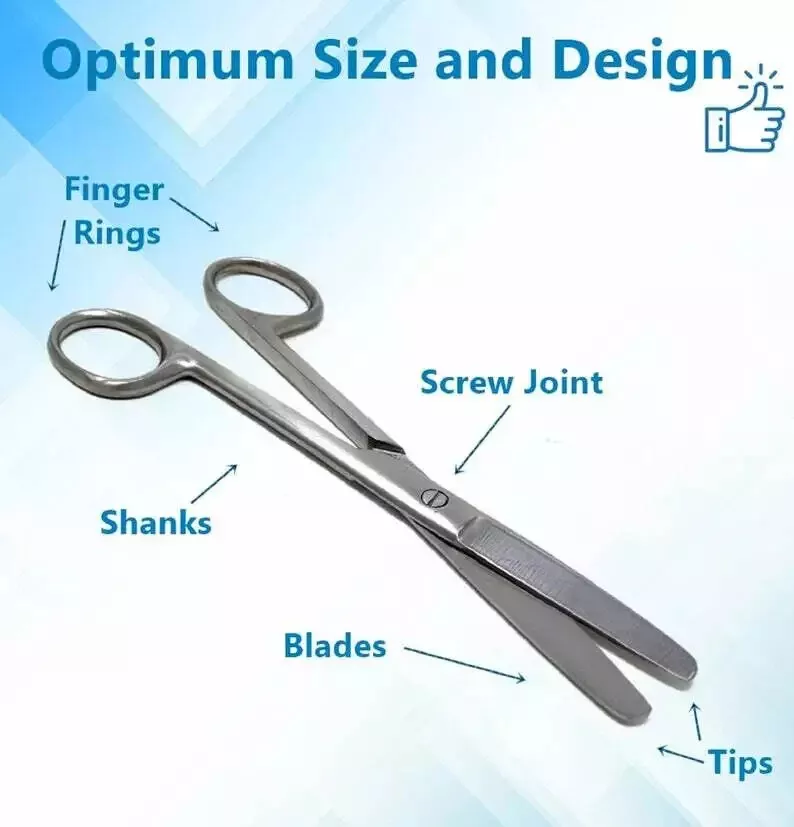

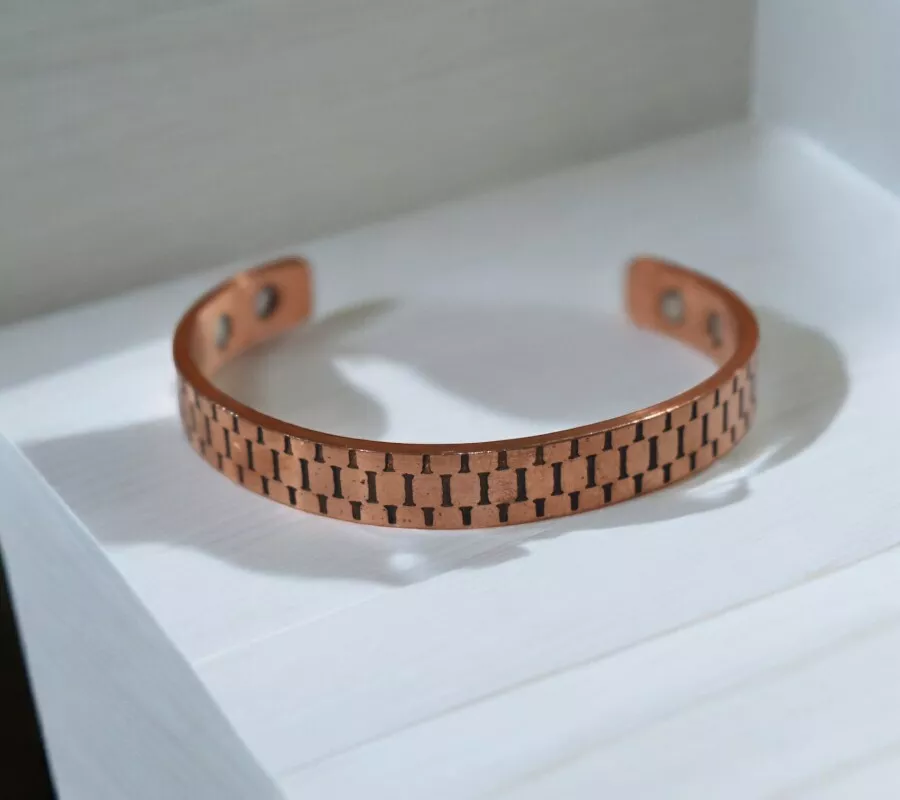
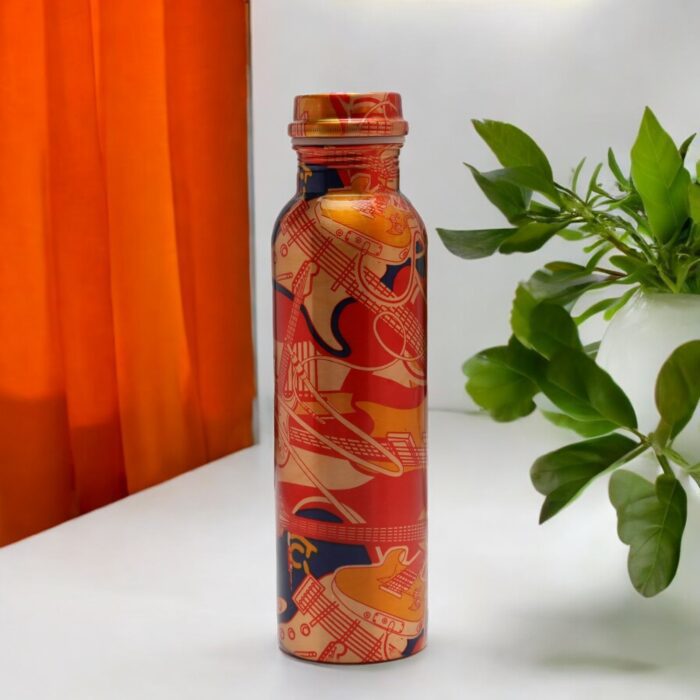
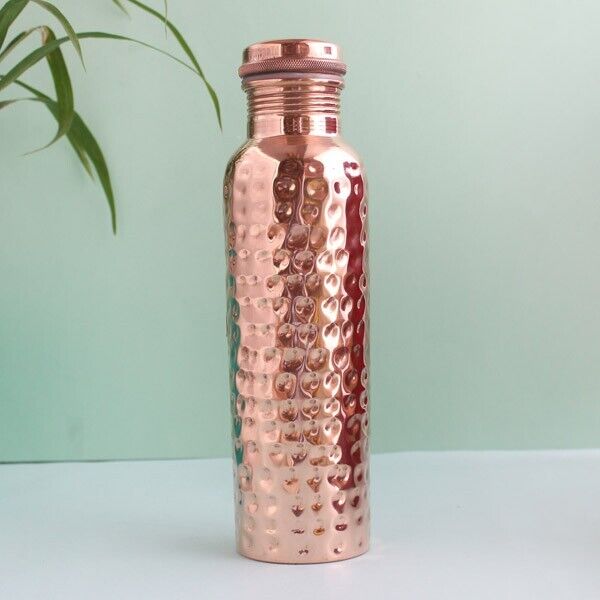

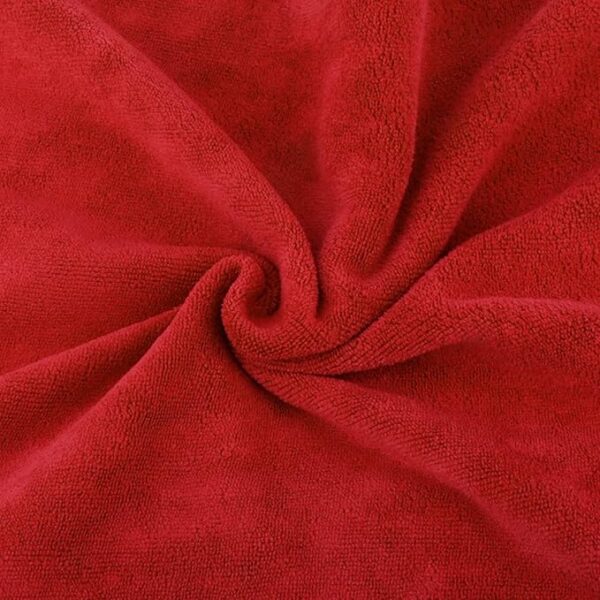
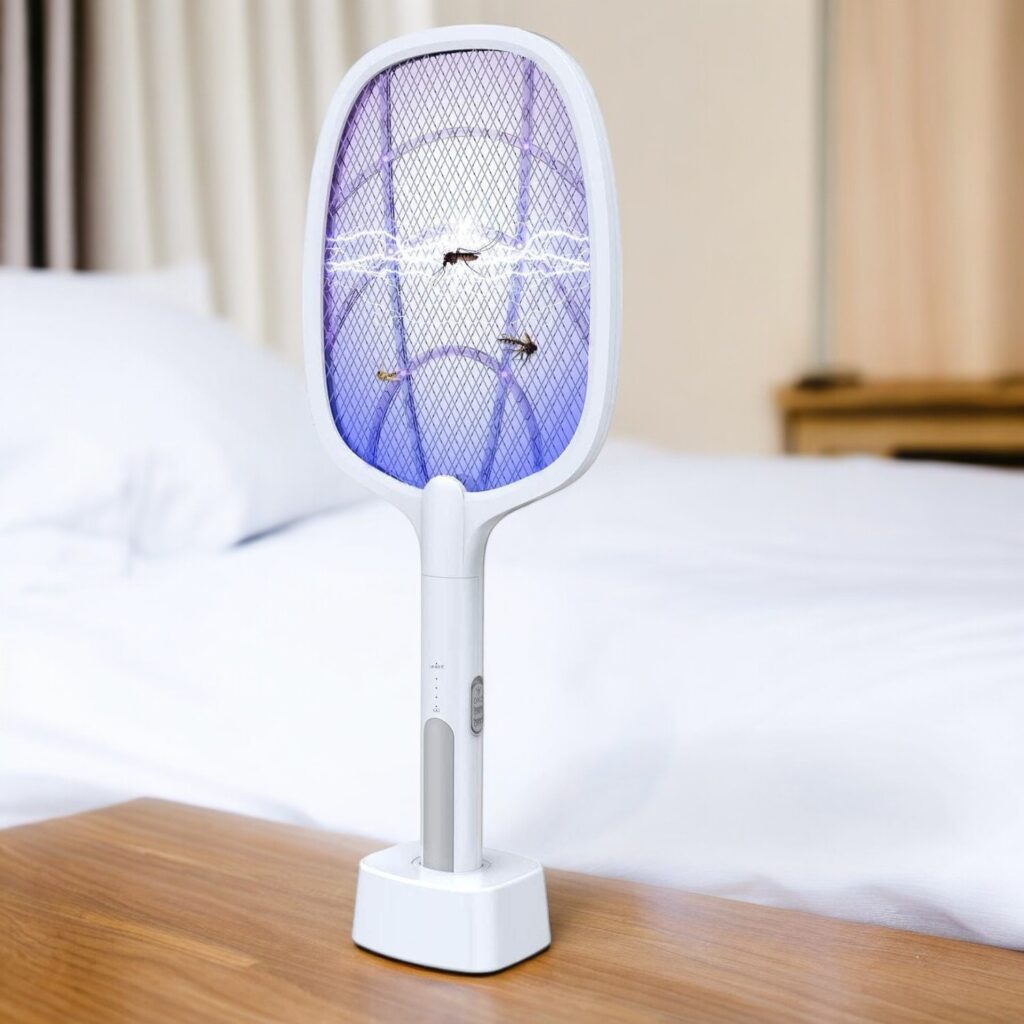
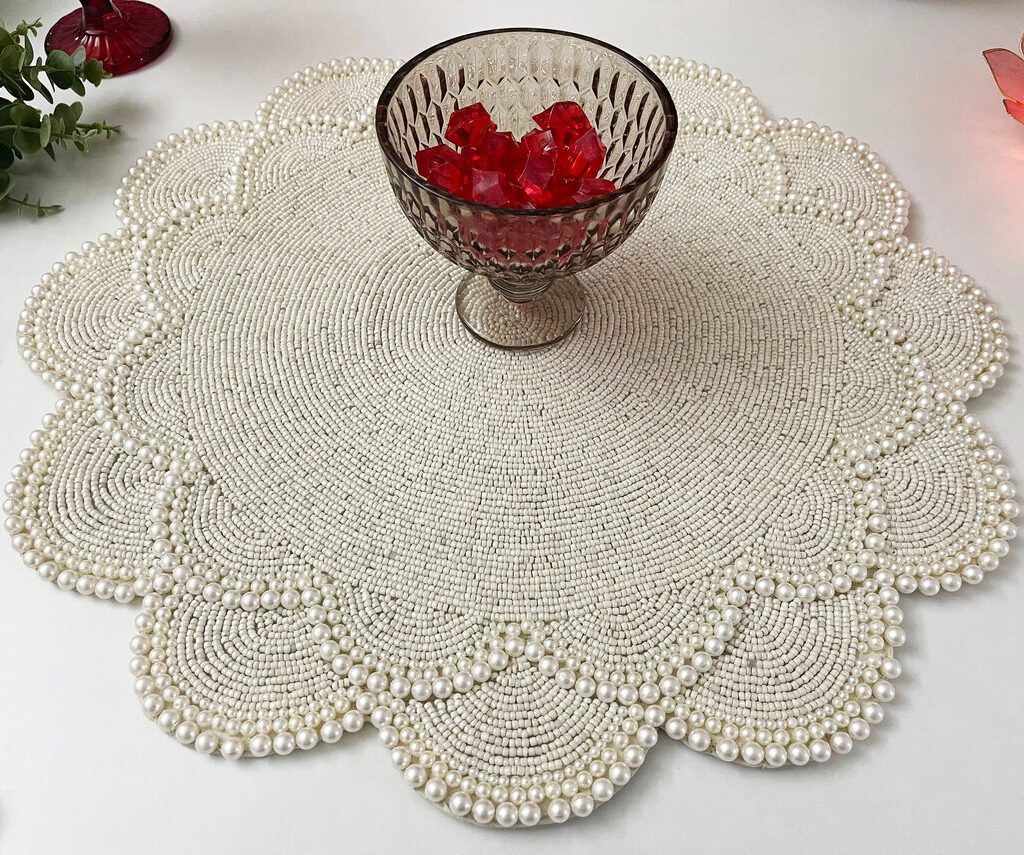

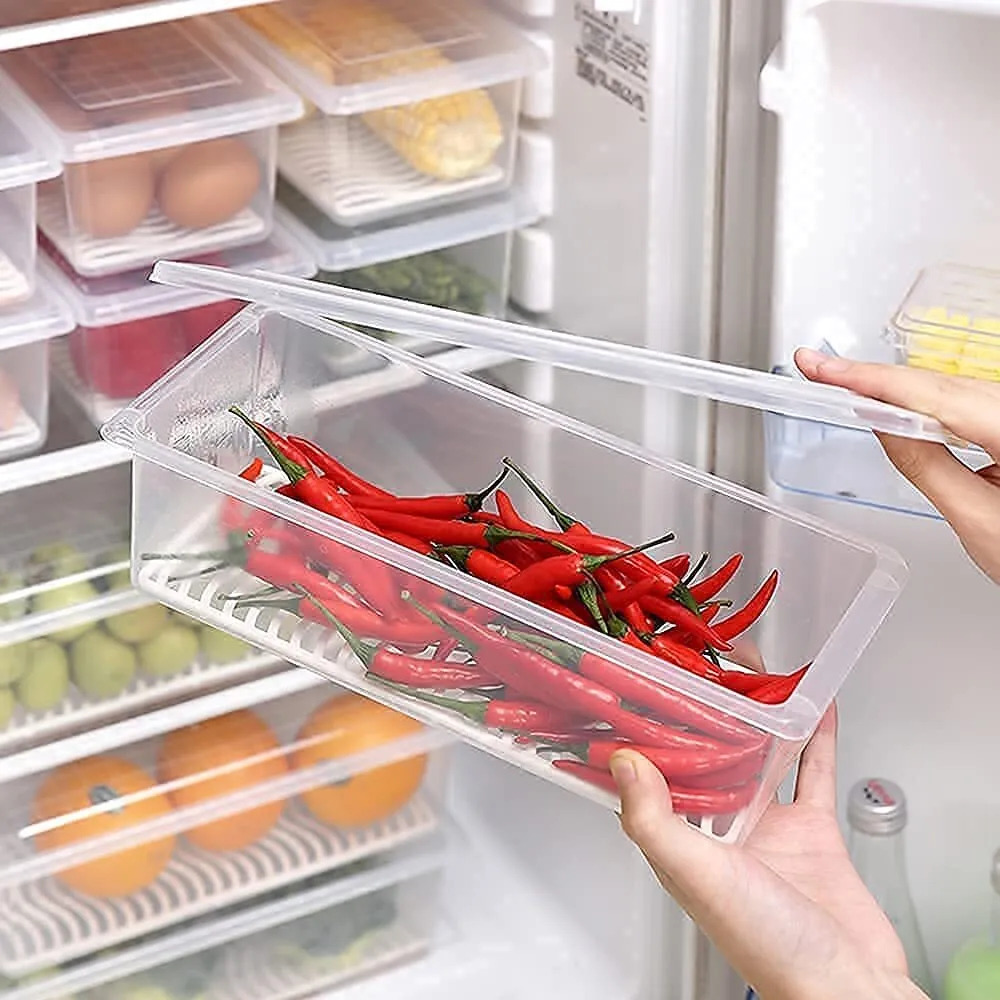
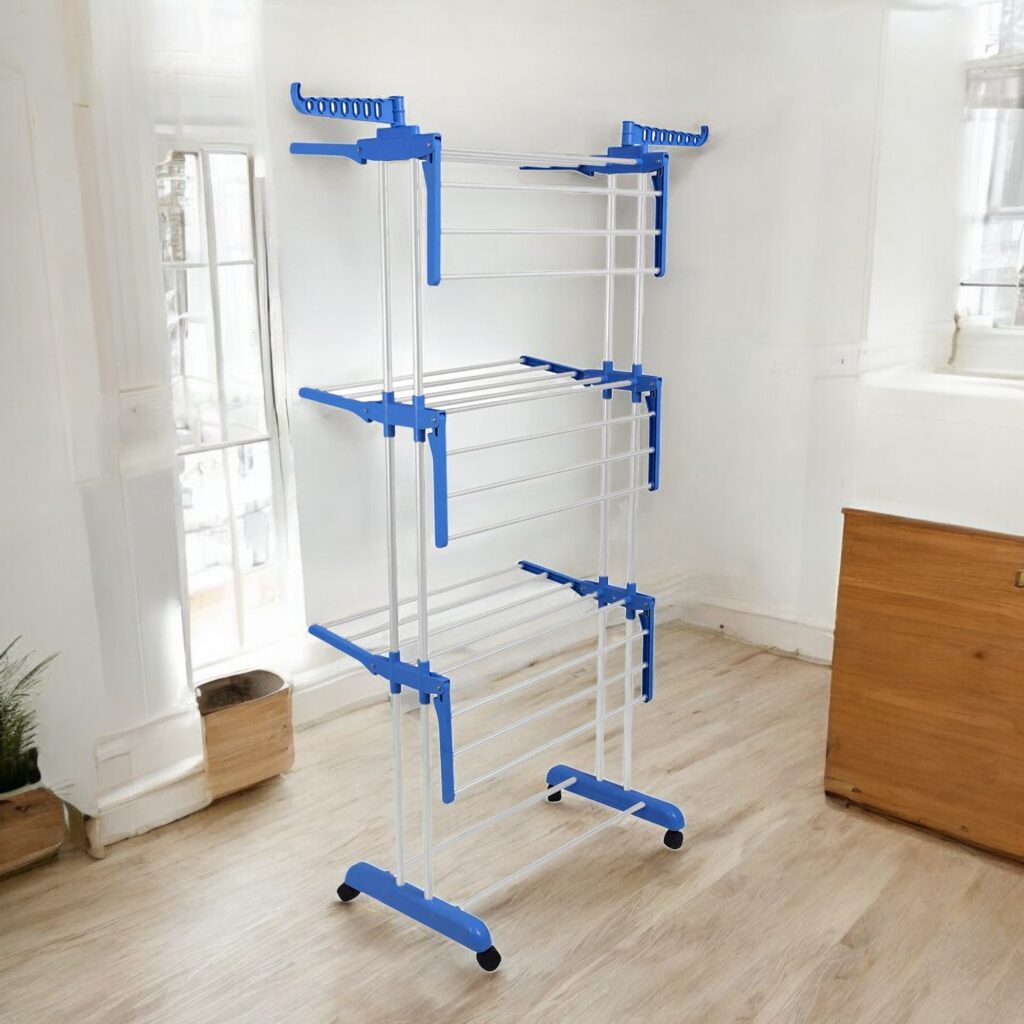
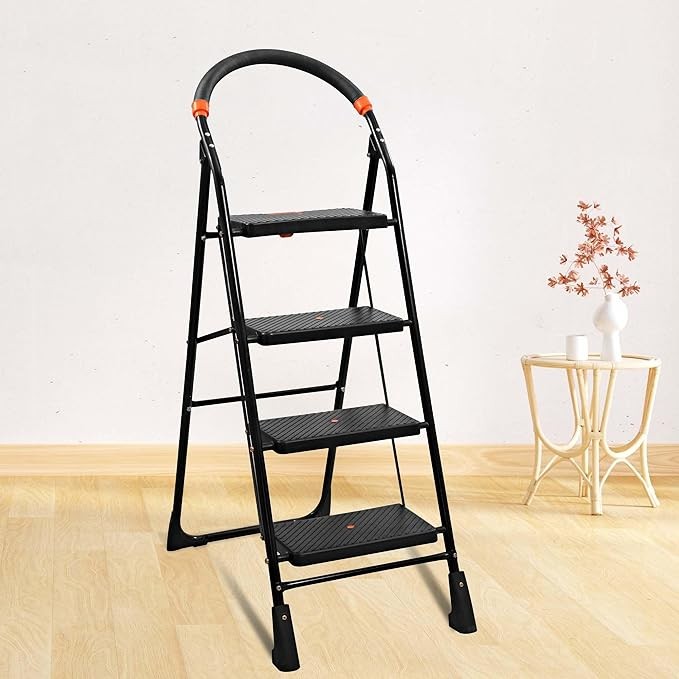
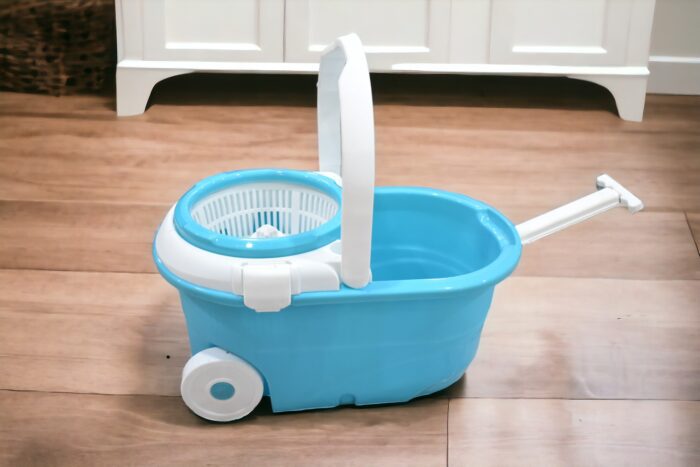
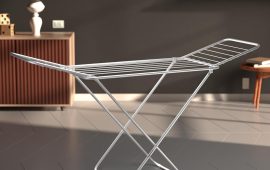
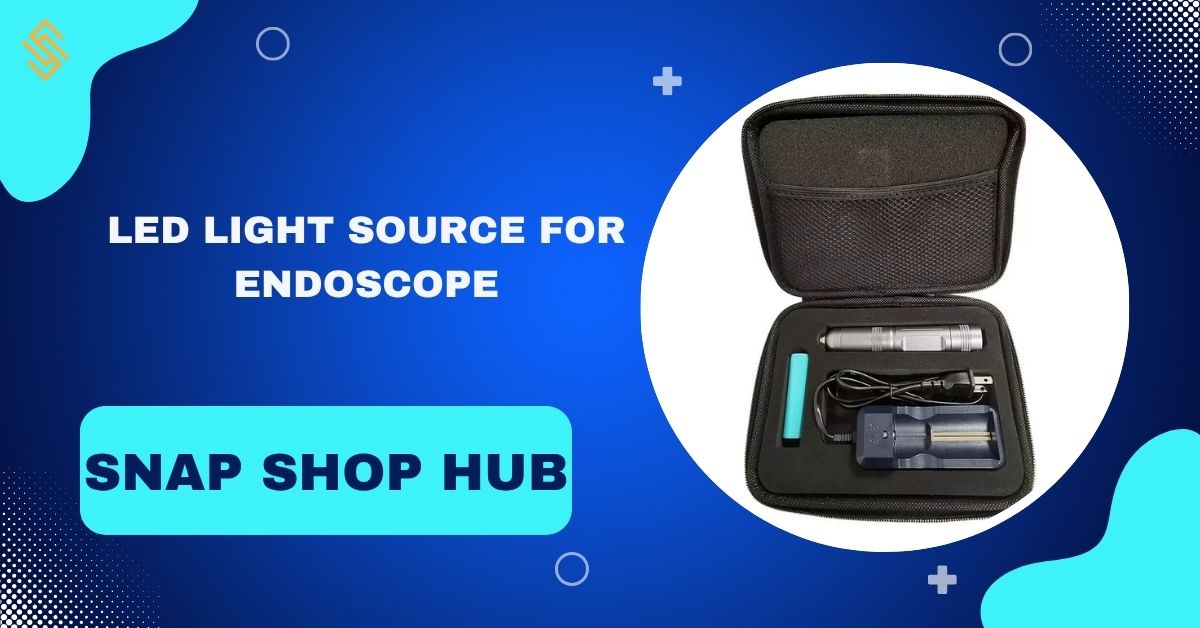

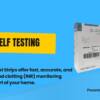
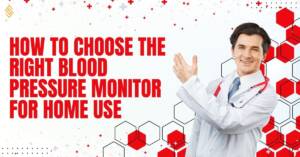
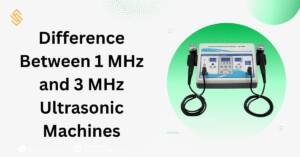


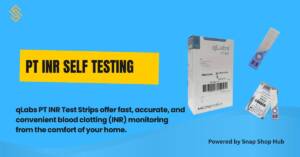

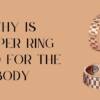
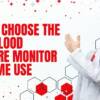
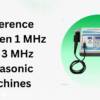

One comment
Vergi Nasıl Ödenir
This is really interesting, You’re a very skilled blogger. I’ve joined your feed and look forward to seeking more of your magnificent post. Also, I’ve shared your site in my social networks!